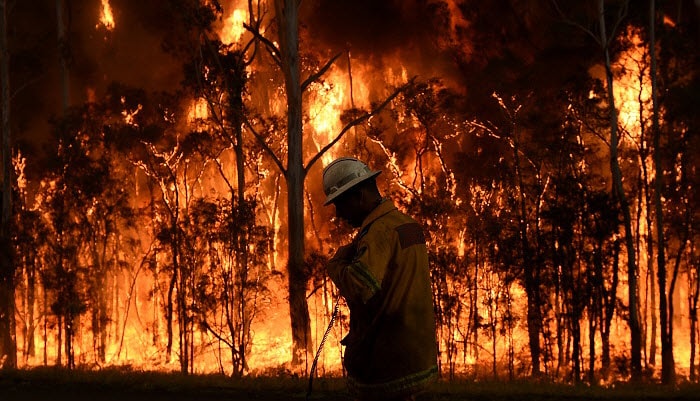From Analysis to Action: Utilizing Your BAL Report to Minimize Bushfire Ris
From Analysis to Action: Utilizing Your BAL Report to Minimize Bushfire Ris
Blog Article
How BAL Record Impacts Bush Fire Defense Procedures
In the realm of bush fire protection, the Building Strike Degree (BAL) report stands as a crucial tool that substantially affects the safety and durability of homes in fire-prone areas - BAL Report. The influence of a BAL evaluation extends much past mere documents; it works as the cornerstone for identifying the suitable building requirements and fire security procedures required to mitigate the threats postured by bushfires. As areas grapple with increasingly severe fire periods, recognizing how the BAL report shapes these protective procedures ends up being paramount for property owners, contractors, and policymakers alike
Comprehending the Bushfire Strike Degree

Importance of BAL Report Analysis

Moreover, the BAL record evaluation offers as a fundamental action in adhering to lawful responsibilities and requirements associated with bushfire defense. Neighborhood councils and authorities commonly mandate the submission of a BAL report as part of the planning and structure authorization procedure to guarantee that residential properties are effectively guarded against bushfire threats. Stopping working to conduct a detailed BAL report analysis can cause insufficient protection procedures, leaving buildings at risk to ravaging bushfire events.
Construction Standards Based Upon BAL
An extensive understanding of the Bushfire Attack Degree (BAL) allows residential or commercial property proprietors to execute construction standards customized to their specific directory threat profile. Building criteria based on BAL are crucial in reducing the effect of bushfires on buildings. The BAL ranking categorizes the possible threat a residential property faces during a bushfire on a scale click site from BAL-Low to BAL-FZ (Fire Zone)
Implementing Fire Security Steps
With the structure of construction criteria based on Bushfire Attack Level (BAL) in area, the emphasis now shifts towards the useful execution of fire security steps to fortify properties versus bushfire dangers. Passive measures include making use of fireproof structure materials, installing cinder guards on vents, securing gaps in roofing systems and walls, and maintaining a clear room around the home cost-free from combustible plant life. By incorporating both passive and energetic techniques, properties can considerably decrease their vulnerability to bushfire cases and increase the safety of passengers.
Safeguarding Homes Versus Bushfires
Properly safeguarding homes against the harmful influences of bushfires requires a extensive and proactive method to fire security procedures. Additionally, securing vents and spaces to stop coal breach, as well as integrating fire-resistant doors and home windows, can help strengthen the home's defense against bushfires. By welcoming a proactive stance and integrating these safety procedures, homeowners can considerably boost their opportunities of protecting their homes against bushfires.
Verdict
In verdict, the Bushfire Assault Degree (BAL) record plays a critical role in figuring out the essential protection procedures versus bushfires. Executing fire protection measures based on the BAL report is necessary in safeguarding residential properties from possible bushfire threats.
In Get the facts evaluating bushfire danger to residential or commercial properties, recognizing the Bushfire Strike Level (BAL) is an essential part for executing effective protection procedures. Generally, a clear understanding of the Bushfire Strike Level is crucial for applying adequate security actions and reducing the influence of bushfires on residential or commercial properties.

Report this page